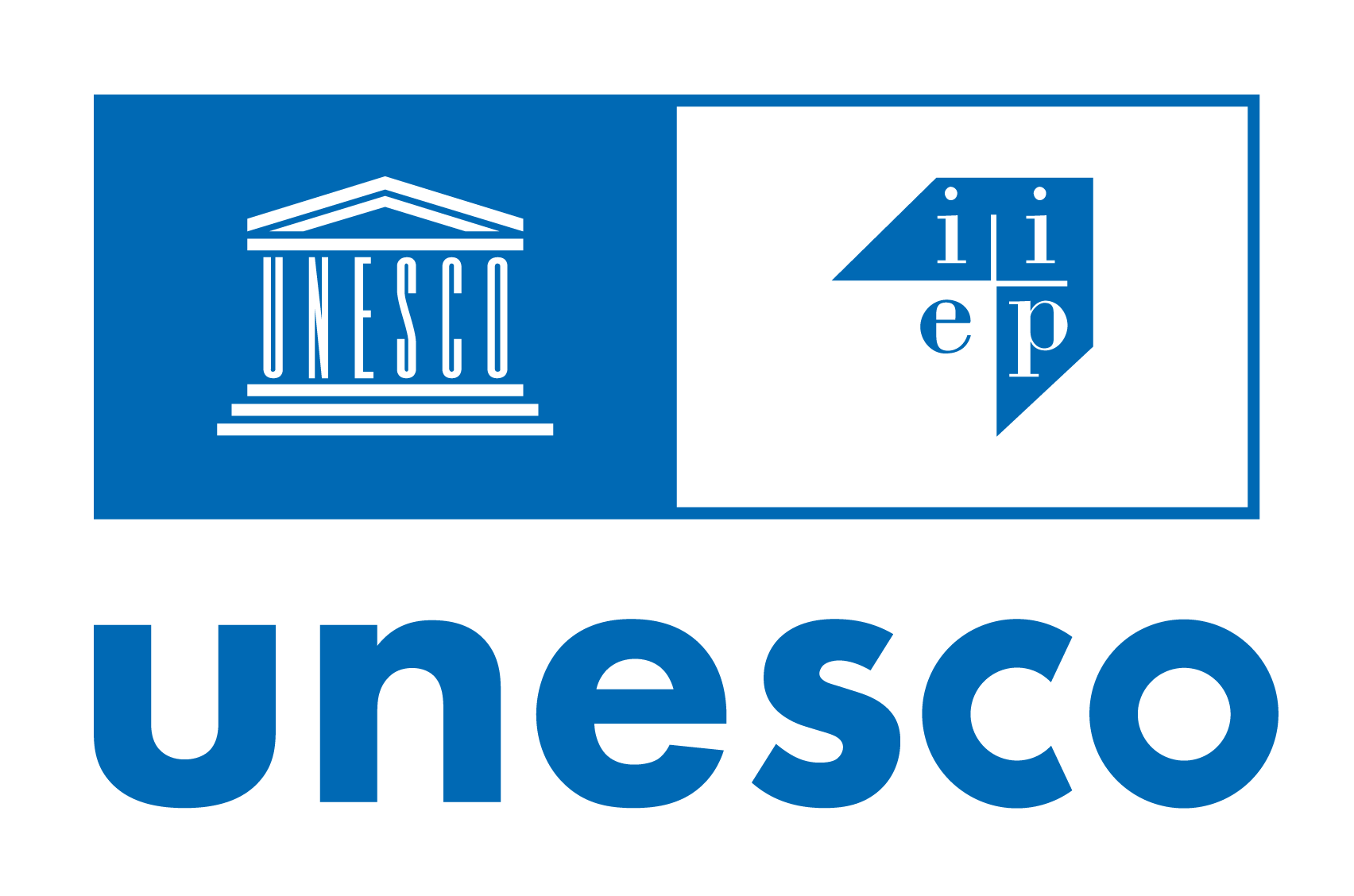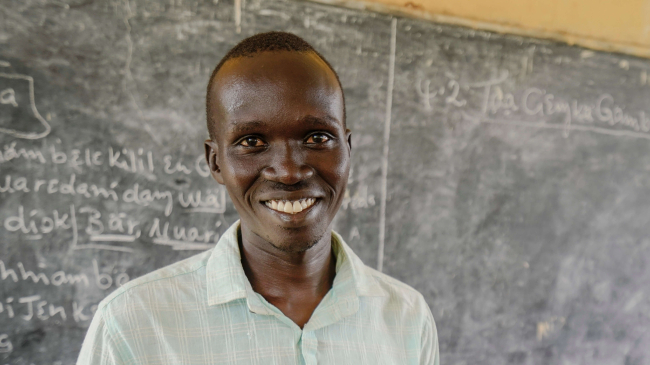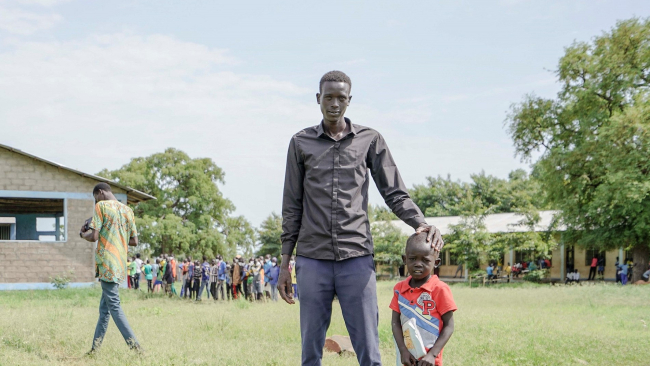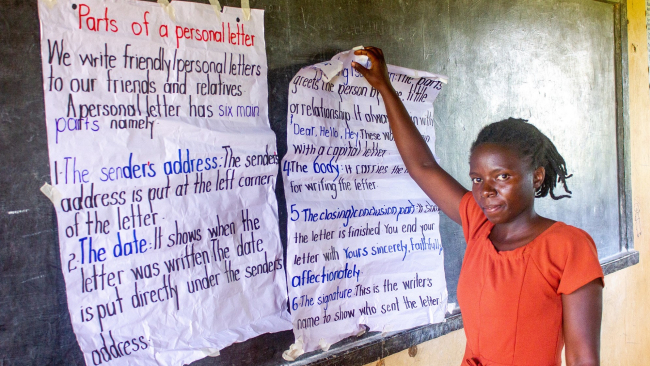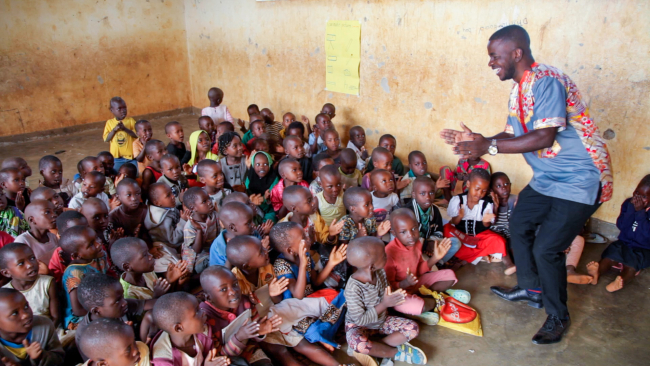The vast majority of learners are now unable to attend school due to COVID-19 related school and learning institution closures and there is uncertainty as to when such measures will end, particularly in low-income and conflict-affected states. COVID-19, unlike other outbreaks of fatal illnesses such as Severe Acute Respiratory Syndrome (SARS) in 2002, Middle East Respiratory Syndrome (MERS) in 2012 and the most recent outbreak of Ebola Virus Disease (EVD) in 2018, has been characterized by the World Health Organization (WHO) as a pandemic due its scope and magnitude. Although COVID-19 is a global health crisis affecting most people globally, conflict-affected, displaced and vulnerable migrant populations are disproportionally affected by the pandemic.
The data from the Internal Displacement Monitoring Centre show 50.8million people were internally displaced due to conflict and disasters at the end of 2019, 55% of these internally displaced persons (IDPs) are under the age of 25. UNHCR figures put the total number of forcibly displaced people, including refugees, at 75 million. Furthermore, it is estimated that there are 75 million school-aged children living in 35 crisis-affected countries who are in the most desperate need of educational support. Displaced learners and those living in crisis-affected settings are already marginalized and highly vulnerable, with their right to education often unfulfilled and routinely violated. Even before the emergence of COVID-19, the challenges facing these learners were large, complex and daunting. The spread of COVID-19 further exacerbates their vulnerabilities, whilst related restrictions will negatively impact the delivery of humanitarian assistance including for education in emergencies (EiE). The COVID-19 pandemic poses a grave threat to these communities and their ability to access and continue quality education.
